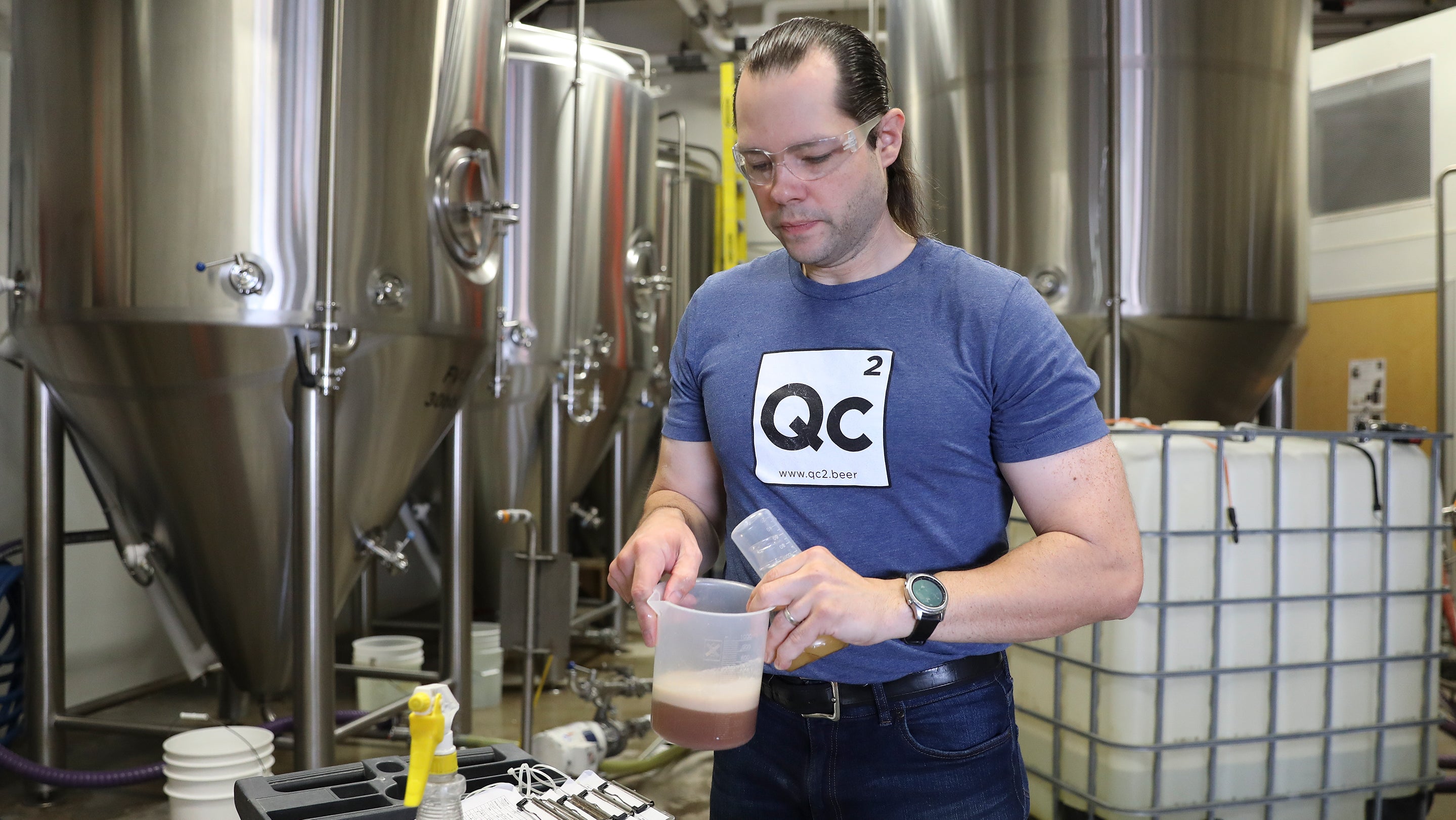Introduction
Some breweries start developing a QA/QC program before they've even opened their brewery, others wait until they’re more established to start thinking about building a QA/QC program. Regardless of when you start your program, everyone has similar goals; create a consistent product, ensure your product is safe, and make sure you’re always putting your best foot forward.
Earlier this month I got to host a webinar focused on building a QC program with Lisa Kellndorfer at Austin St. Brewery and Jack Van Paepegham at von Trapp Brewery to talk about what they thought were the first steps to building a QC program. Both Lisa and Jack are the heads of QA/QC at their breweries, and both have started their programs from the ground up. Basically, they know a ton about this subject. One of the most exciting points that came up during our discussion was how many different elements of a QA/QC program you can do to start that cost $0! Like many, when I think about starting a QC program, I think of having to build a big shiny lab filled with expensive equipment. But that isn’t where people should start, and it isn’t what you need to have a great program that meets your QA/QC goals. In a future post I promise I will cover equipment that is great to add to a new QC program, but in this first post on building a QC program, I wanted to focus on the top elements of a QA/QC program. that Lisa recommended in our webinar that you can do that are free. In fact, you’re probably doing many of them already, you just might not have formalized them as part of your QA/QC program yet.
Top 5 Free QA/QC activities :
- Develop a system for documentation
- Have SOP’s for all of your brewery activities
- Build a beer library
- Taste your beer through a sensory program
- Create a culture of quality
Developing a system for documentation:
What should you be documenting? Everything! In the QC2 lab we write down everything we do so we can recreate an experiment, gather data and see what it’s telling us about our samples and projects, and to write down all of the many strange things that go wrong. In the brewery you want to record data on every batch you produce. You’ll want to record all of the brewing parameters, as well as lot numbers for ingredients, lab tests done, any weird things that happen, and any problems that occurred. Not only do you want to be consistent about what data you collect for each batch, you want to develop a method of collecting this data and information that everyone can use. Paper forms, electronic spreadsheets, expensive data tracking software, it’s up to you! Pick something that works for your team.
Have standard operating procedures (SOP’s) for all of your brewery activities:
I’m not sure what I find less enjoyable, grading or writing SOPs! While SOPs are boring and tedious to write, they are incredibly valuable. Write them with the mindset that anyone coming into the brewery to work should be able to perform the entire procedure written in the SOP without any other help. These are great for helping you to achieve that consistency goal you’re striving for. SOPs are also key tools for the training process. And one other huge benefit, they help keep everyone at the brewery safe. They will be following the SOPs that are written to perform procedures as safe as possible which not only keeps that person safe, but it keeps everyone around them safe. We use SOPs in our lab for everything from washing the glassware to running VDK testing. For a closer look at and SOP click here!
Build a Beer Library:

If you are canning or bottling then this is a must have for your QA/QC program. Plus, starting a library is easy. Find a warm unused space in your brewery and start saving a four pack from every batch you package. Make sure these are well labeled so you know what batch i.t’s from. There if there is ever an issue from a customer or distributor you can go to the library and verify it for yourself.
Start a sensory program:
Some breweries have gone all out to build their sensory programs. They’ve built special rooms, do blind tastings and have a million spikes, and they use fancy tracking software. You DO NOT need all of that to start! Start with a really basic evaluation of your beers to make sure they taste good. Taste your beer every day! After you’ve got that under your belt, set up “true to type” for each beer based on appearance, aroma, flavor and mouthfeel. Make sure you add this into your documentation! You’ll want to track if there are any perceived changes to your beer over time. Setting up a sensory program is that simple.
Create a culture of quality:
I’ve worked with a lot of breweries over the years, and the breweries with successful QA/QC programs (large and small) are the ones where every employee from the bottom up is dedicated to making a quality product and is educated on what needs to be done to achieve the goals of their quality program. Find fun ways to bring your team together as you develop your program, and let them know how these changes are going to make a positive impact on your product. Lastly, I’ll leave you with this short video of Lisa talking about the importance of creating a culture of quality during our webinar. Cheers!
https://youtu.be/6t58mh_qIXw


Leave a comment